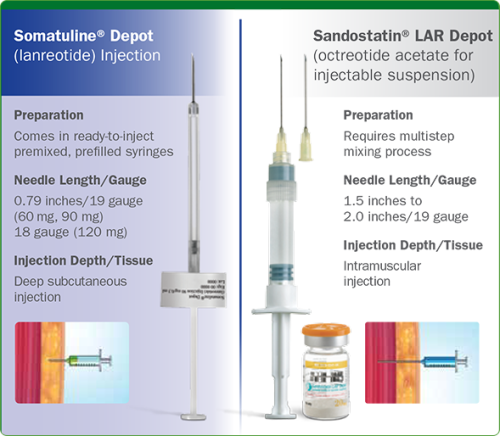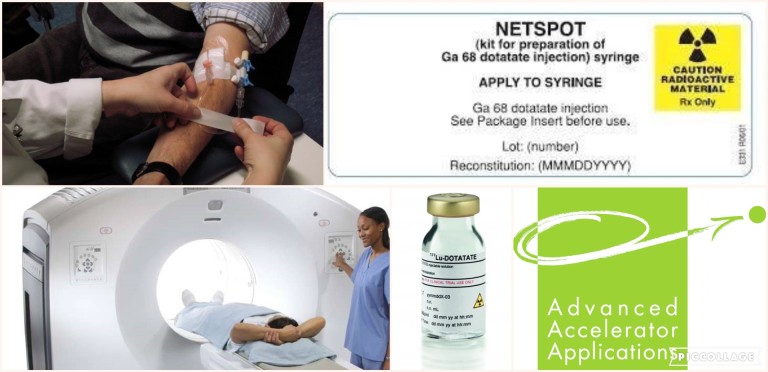I spend a lot of time talking about the most common forms of Neuroendocrine Tumours (NETs), but what about the less well-known types? As part of my commitment to all types of NETs, I'd like to shine a light on two less common tumour types known as Pheochromocytomas and Paragangliomas - incidence rate approximately 8 per million per year. They are normally grouped together and the definitions below will confirm…








